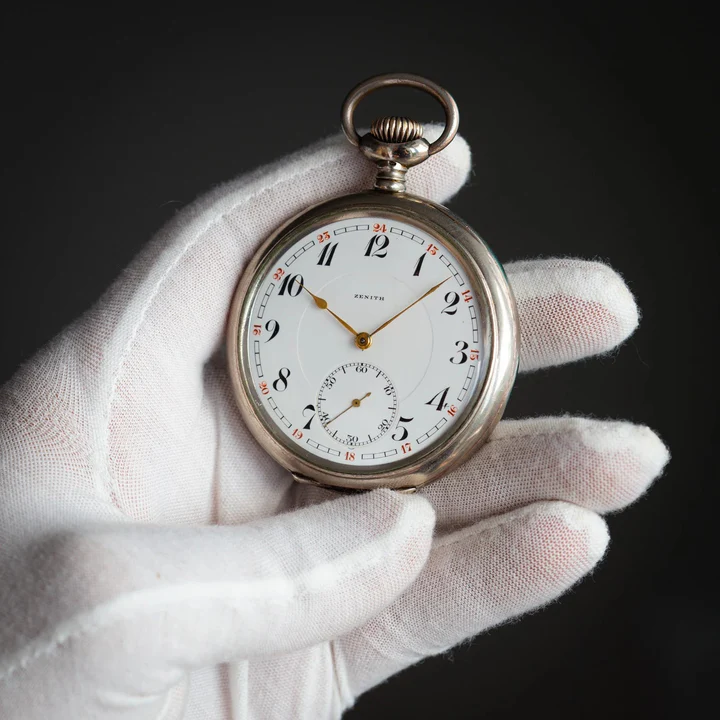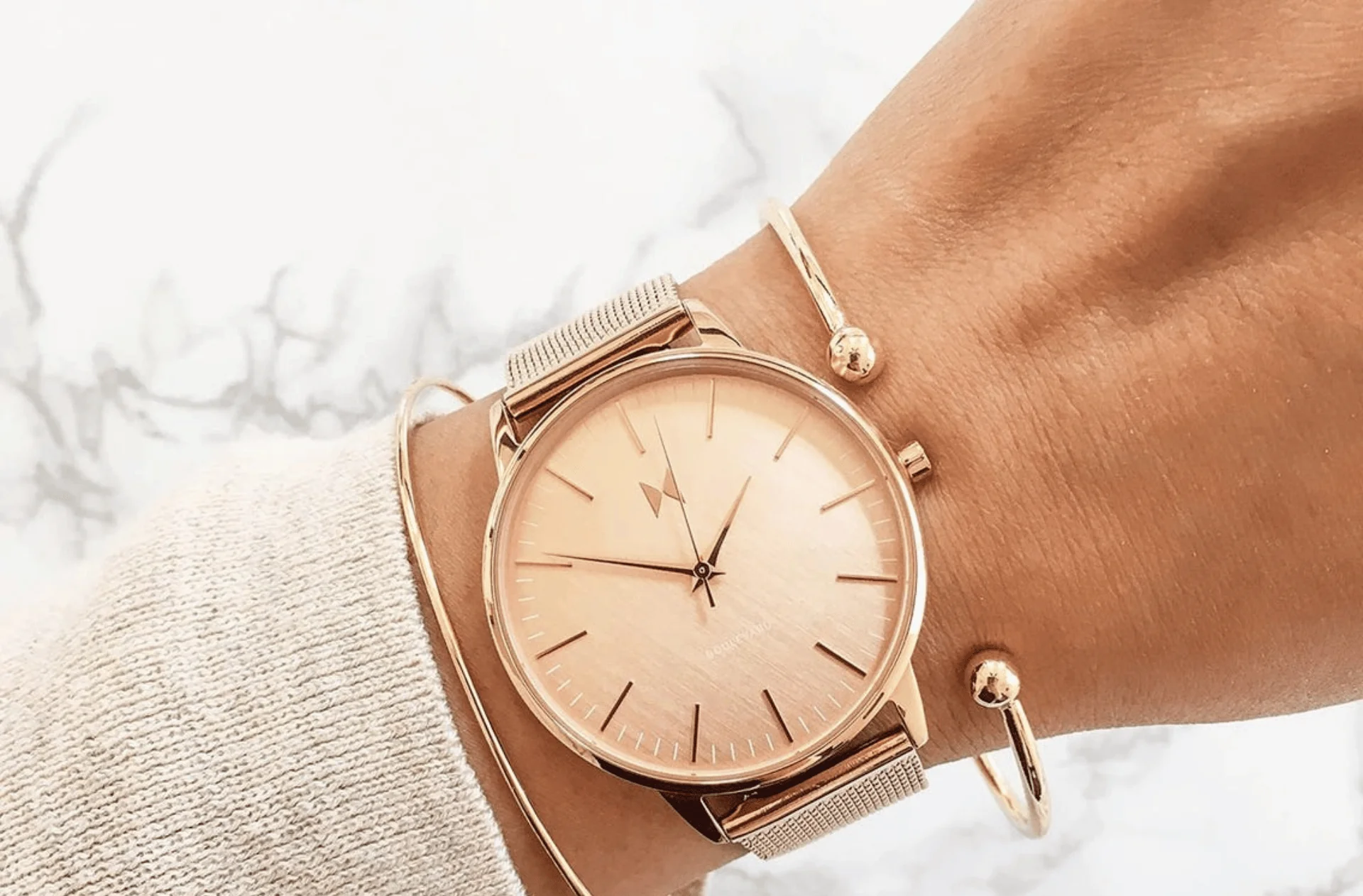From Pocket Watches to Wristwatches: A Historical Journey
The evolution from pocket watches to wristwatches is a fascinating journey that highlights significant advancements in timekeeping technology and changing social norms. This transition reflects broader shifts in lifestyle, technology, and fashion. Here’s an exploration of this historical journey:
1. The Era of Pocket Watches
- Origins: Pocket watches originated in the 16th century and were among the earliest portable timekeeping devices. They were initially large, heavy, and primarily used by wealthy individuals.
- Design and Functionality: Pocket watches featured intricate mechanical movements housed in decorative cases. They were often carried in a pocket and attached to a chain or fob.
- Significance: Pocket watches were symbols of status and precision, showcasing the craftsmanship of watchmakers. They played a crucial role in developing accurate timekeeping before the advent of wristwatches.
2. The Shift to Wristwatches
- Early Wristwatches: The concept of wristwatches began to emerge in the late 19th century. Initially, they were considered women’s accessories, while men continued to use pocket watches.
- World War I Influence: The practicality of wristwatches gained prominence during World War I. Soldiers needed a hands-free way to check the time while performing tasks. The wristwatch proved more convenient and durable for military use.
- Adoption by Men: Following the war, wristwatches became increasingly popular among men. They were embraced for their practicality and began to evolve into stylish accessories for both men and women.
3. Design Evolution: Early 20th Century
- 1920s and 1930s: The early 20th century saw the introduction of diverse designs and styles in wristwatches. Art Deco influences led to sleek, geometric designs with a focus on aesthetics and functionality.
- Technological Innovations: Advances in technology allowed for more precise and reliable timekeeping. The development of new materials and manufacturing techniques improved the durability and accuracy of wristwatches.
4. The Quartz Revolution
- 1970s Innovation: The 1970s marked a major turning point with the introduction of quartz technology. Quartz watches offered unparalleled accuracy and affordability compared to mechanical watches.
- Impact on Design: Quartz technology led to the creation of digital watches with numeric displays. The new design possibilities included innovative shapes, materials, and functions, expanding the range of wristwatch styles.
5. The Modern Era: Smartwatches and Beyond
- Smartwatches: The 21st century brought the advent of smartwatches, integrating digital technology with traditional timekeeping. Smartwatches offer features such as connectivity, fitness tracking, and customizable displays.
- Hybrid Watches: Hybrid watches combine elements of mechanical and digital designs, blending traditional craftsmanship with modern functionality. They cater to those who appreciate both classic and contemporary styles.
- Sustainable Designs: Modern wristwatches increasingly focus on sustainability, with the use of eco-friendly materials and energy-efficient technologies.
6. Cultural and Social Impact
- Fashion Statements: Wristwatches have evolved into key fashion accessories, reflecting personal style and status. They are available in a wide range of designs, from luxury timepieces to casual and sporty models.
- Functional Versatility: Wristwatches now serve various functions beyond timekeeping, including health monitoring, navigation, and communication. They have become integral to modern lifestyles.
7. The Future of Wristwatches
- Technological Advancements: The future of wristwatches will likely continue to blend technology with traditional design, incorporating innovations such as augmented reality and advanced biometric sensors.
- Customization and Personalization: There is an increasing trend towards personalized and customizable watches, allowing wearers to tailor their timepieces to their preferences and needs.
Final Thoughts
The journey from pocket watches to wristwatches is a testament to the dynamic evolution of timekeeping technology and design. From the elegance of early pocket watches to the innovation of modern smartwatches, each phase of this journey reflects changes in technology, fashion, and functionality. As we look to the future, the wristwatch will continue to evolve, combining tradition with cutting-edge advancements to meet the needs and desires of a new generation of watch enthusiasts.



